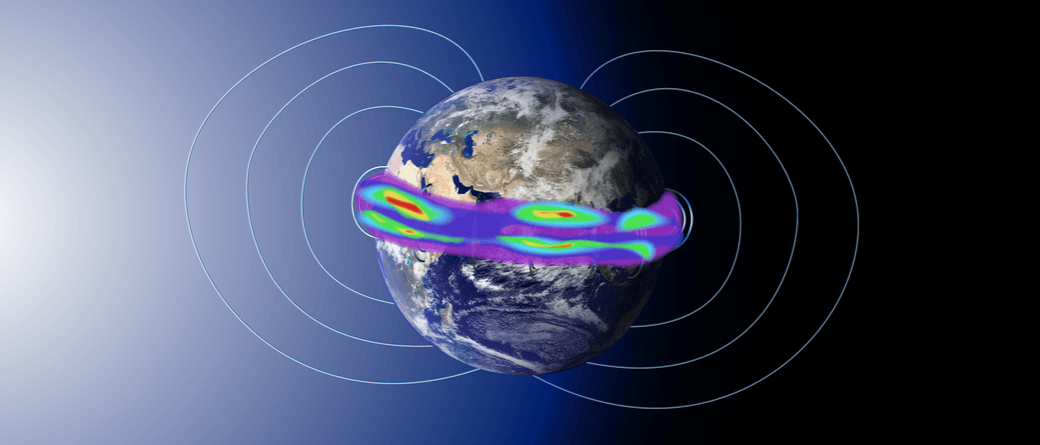
The Earth's geomagnetic field is gradually weakening, leading many to conclude that the north and south magnetic poles are likely to flip and exchange positions, this could have catastrophic consequences for electronics, satellites, and a host of other tech. However, this is unlikely to happen because the Earth has gone through phases of weakening to much lower points in the past and not flipped its field.
The gradual weakening that the geomagnetic field is undergoing right now is more likely to lead to a lot of wobbling more than a dramatic flip because, in the years past, the planet has been through several such weakening events. A recent study compared the current state of the field to the two most extreme events that happened in the last 50,000 years or so. During these two events, the pattern followed by the magnetic field has been found to be a lot different than what is seen now and during those two events, the magnetic field did nearly flip, reports LiveScience (LS).
Two other events- 49,000 years ago and 46,000 years ago had similar patterns to what is happening now, points out the report, but even then, the geomagnetic field wobbled and did not flip over, the report says. This is not entirely good news as well, because even wobbling could affect global positioning, satellites and other electronics.
Earth's geomagnetic field is an important feature that protects life here and keeps harmful charged particles from affecting the planet. Created by the rolling, hot, magnetic core of the planet, forming an invisible force field around Earth. As of now, the magnetic north is near the "true" north pole –about 500 km away– and magnetic south is near the true south pole –about 2,858 km away. It has been in this neighborhood for around 780,000 years now, says the report when the poles not just shifted, it went through a complete reversal.
Since about 1840, when the direct observations actually started, this magnetic field has been slowly weakening at a rate of about five percent per century. Researchers have said that this weakening could have started about 2,000 years back. This, along with an anomaly discovered in the South Atlantic –between South Africa and Chile– where the geomagnetic field is particularly weak led scientists to speculate that this could be the point where the poles finally flip.
However, one such anomaly might not be enough to cause a reversal or excursion, say scientists. Several such nucleus points are required and that has just not happened, they say.
This study was first published in the journal Proceedings of the National Academy of Sciences.

















